
Bormio: The Alpine Gem of Italy
Discover Bormio, Italy's alpine paradise, where thermal baths, historic charm, and thrilling outdoor adventures await in the heart of the Lombardy region.
Nestled in the heart of the Italian Alps, Bormio is a picturesque town renowned for its stunning natural beauty and rich history. Located in the Lombardy region, Bormio is a favorite destination for tourists seeking both adventure and relaxation. The town is surrounded by majestic mountains, making it a paradise for outdoor enthusiasts and nature lovers alike. Bormio is famous for its thermal baths, which have been soothing visitors for centuries. The hot springs offer a unique opportunity to unwind in a natural setting, with the added benefit of breathtaking alpine views. The town's historic center is a charming maze of narrow streets and ancient buildings, offering a glimpse into its medieval past. Visitors can explore the old town, visit the local museums, and enjoy the vibrant café culture that Bormio has to offer. In addition to its thermal baths and historic charm, Bormio is also a top destination for winter sports. The town boasts some of the best ski slopes in Italy, attracting skiers and snowboarders from around the world. In the summer, the mountains transform into a haven for hikers, cyclists, and climbers. No matter the season, Bormio promises a memorable experience for every visitor.
Local tips in Bormio
- Visit the thermal baths early in the morning to avoid crowds and enjoy a peaceful soak.
- Explore the old town on foot to fully appreciate its medieval architecture and charm.
- If you're visiting in winter, book your ski passes in advance to save time and money.
- Try the local cuisine, especially the regional specialty pizzoccheri, a type of pasta made with buckwheat flour.
- Take a day trip to Stelvio National Park for breathtaking views and diverse wildlife.
Bormio: The Alpine Gem of Italy
Nestled in the heart of the Italian Alps, Bormio is a picturesque town renowned for its stunning natural beauty and rich history. Located in the Lombardy region, Bormio is a favorite destination for tourists seeking both adventure and relaxation. The town is surrounded by majestic mountains, making it a paradise for outdoor enthusiasts and nature lovers alike. Bormio is famous for its thermal baths, which have been soothing visitors for centuries. The hot springs offer a unique opportunity to unwind in a natural setting, with the added benefit of breathtaking alpine views. The town's historic center is a charming maze of narrow streets and ancient buildings, offering a glimpse into its medieval past. Visitors can explore the old town, visit the local museums, and enjoy the vibrant café culture that Bormio has to offer. In addition to its thermal baths and historic charm, Bormio is also a top destination for winter sports. The town boasts some of the best ski slopes in Italy, attracting skiers and snowboarders from around the world. In the summer, the mountains transform into a haven for hikers, cyclists, and climbers. No matter the season, Bormio promises a memorable experience for every visitor.
When is the best time to go to Bormio?
Iconic landmarks you can’t miss
Parco Nazionale dello Stelvio
Explore the breathtaking landscapes and rich biodiversity of Parco Nazionale dello Stelvio, a premier national park in the heart of the Italian Alps.
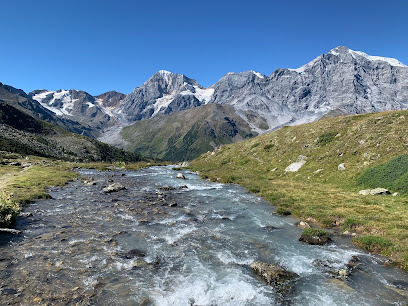
The Steak House Bormio
Savor the finest steaks and local delicacies at The Steak House Bormio, where alpine charm meets exceptional cuisine in the heart of the Italian Alps.
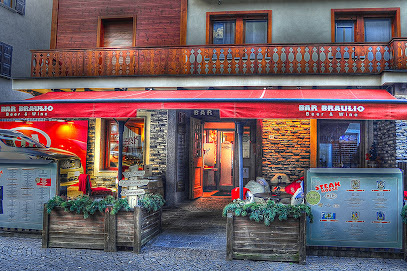
Bormio Ski
Discover the thrilling slopes, breathtaking scenery, and vibrant culture of Bormio Ski, the ultimate destination for winter sports and summer adventures in the Italian Alps.
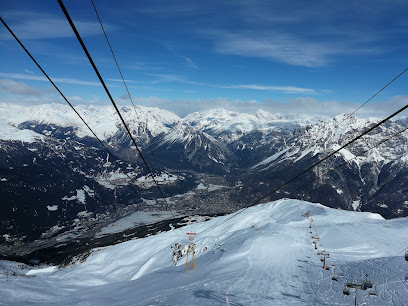
Miramonti Park Hotel
Discover the luxurious Miramonti Park Hotel, an alpine retreat in Bormio, Italy, perfect for skiing, hiking, and unwinding amid stunning scenery.
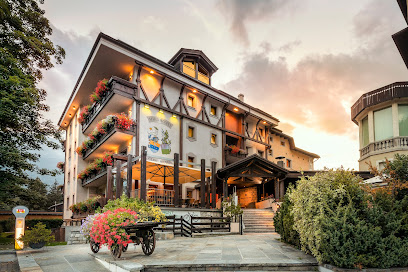
Piazza Cavour
Discover the charm of Piazza Cavour, a historical landmark in Bormio, surrounded by stunning architecture and vibrant local culture.
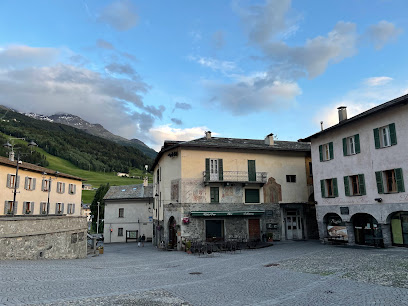
Bormio 3000
Discover the breathtaking beauty and thrilling adventures at Bormio 3000, a premier ski resort in the enchanting Italian Alps.
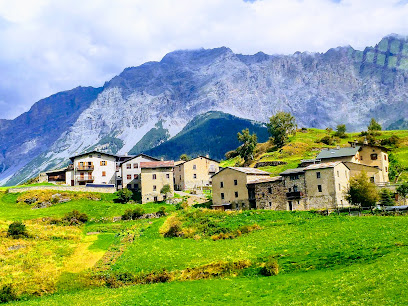
Hotel Sant Anton
Experience the beauty of Bormio at Hotel Sant Anton, your perfect alpine retreat in the heart of the Italian Alps, blending comfort and adventure.

Hotel Funivia
Discover the charm of Bormio at Hotel Funivia, where alpine adventure meets cozy comfort and exquisite dining experiences.
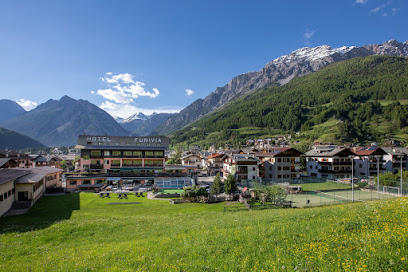
Hotel Baita dei Pini
Discover the perfect blend of luxury, relaxation, and adventure at Hotel Baita dei Pini in Bormio's stunning alpine setting.

Bormio Tourism - Ufficio Turistico
Explore the enchanting town of Bormio, where stunning Alpine views, rich history, and rejuvenating thermal baths await every traveler.
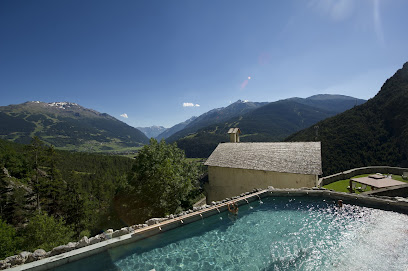
Ponte di Combo
Discover the enchanting Ponte di Combo in Bormio, where history and stunning alpine views come together in a picturesque setting.
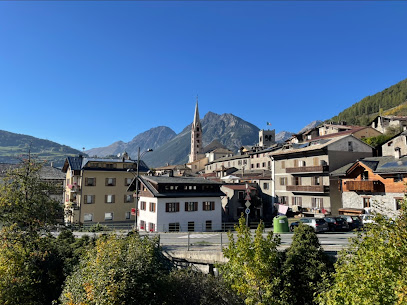
Centro Storico di Bormio
Discover the enchanting Centro Storico di Bormio, a cultural landmark in the Italian Alps filled with history, stunning architecture, and vibrant local culture.
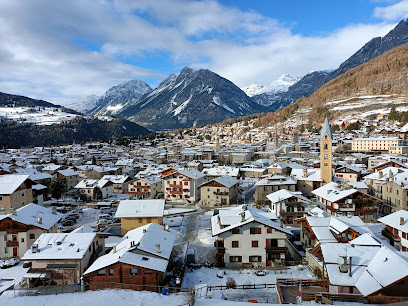
Hotel Larice Bianco
Experience the charm of Bormio at Hotel Larice Bianco, where comfort meets Italian hospitality amidst stunning alpine scenery.
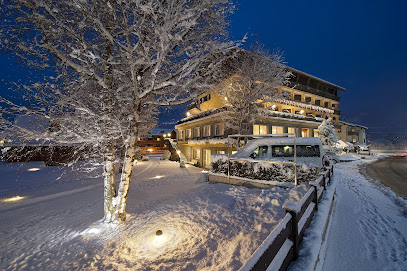
Meublè Cima Bianca
Experience the charm of Bormio at Meublè Cima Bianca, your ideal base for exploring the stunning Italian Alps and enjoying warm hospitality.
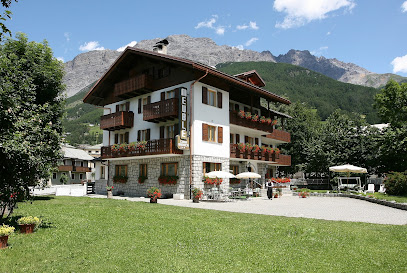
Val Zebrù
Experience the breathtaking beauty of Val Zebrù, a national park in the Italian Alps, perfect for hiking, wildlife watching, and serene escapes.
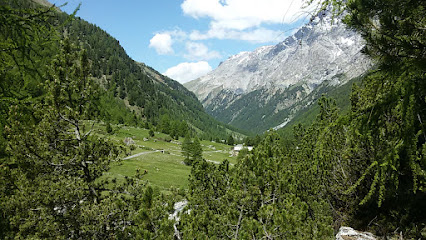
Unmissable attractions to see
Parco Nazionale dello Stelvio
Explore the breathtaking landscapes and diverse wildlife of Parco Nazionale dello Stelvio, Italy's premier national park for nature lovers and adventurers.

Swiss National Park
Discover the unparalleled beauty and adventure waiting for you at Swiss National Park, Switzerland's only national park nestled in the stunning Alps.

Bormio Ski
Experience the ultimate winter sports adventure at Bormio Ski, nestled in the breathtaking Italian Alps with slopes for everyone.
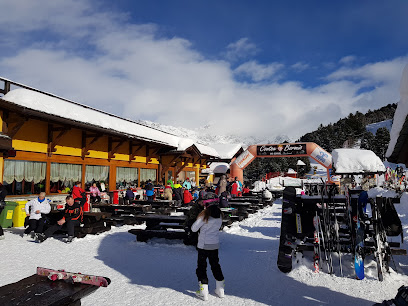
Piazza Cavour
Discover the charm of Piazza Cavour in Bormio, a historical landmark surrounded by stunning architecture and vibrant local culture.

Kreisviadukt von Brusio
Discover the breathtaking Kreisviadukt von Brusio, an architectural gem in the Swiss Alps, surrounded by stunning landscapes and rich history.
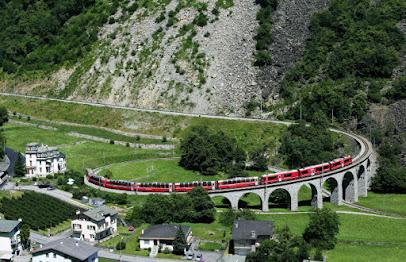
Ponte di Combo
Explore Ponte di Combo, a stunning bridge in Bormio offering breathtaking views, rich history, and a perfect backdrop for your travel adventures.
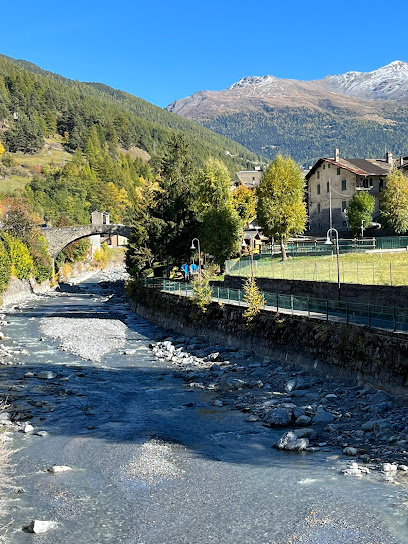
Morteratsch Glacier
Explore the breathtaking Morteratsch Glacier, a stunning natural wonder in the heart of the Swiss Alps, perfect for adventure and nature lovers.
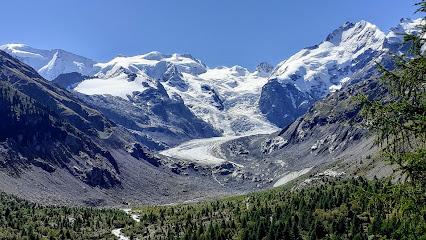
Museo Mineralogico e Naturalistico di Bormio
Explore the enchanting Museo Mineralogico e Naturalistico di Bormio, where the beauty of Earth's minerals comes alive amidst stunning alpine scenery.
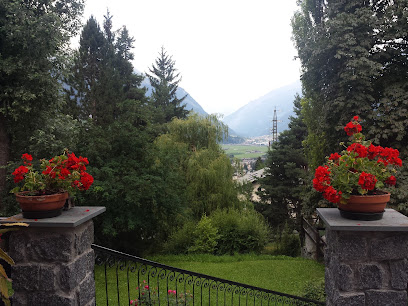
Giardino Botanico Alpino Rezia
Explore the stunning Giardino Botanico Alpino Rezia in Bormio, a serene escape showcasing the beauty of alpine plants and breathtaking mountain views.
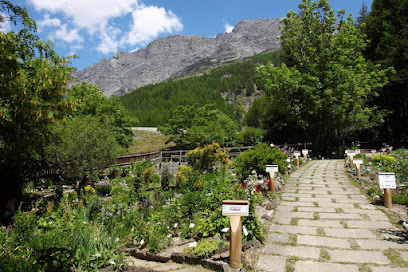
Chamanna Cluozza
Discover the beauty of the Swiss Alps at Chamanna Cluozza, a cozy mountain cabin perfect for relaxation and adventure amidst stunning landscapes.

Cross Reit
Experience the breathtaking views at Cross Reit, a must-visit vista point in Bormio, Italy, where nature and tranquility blend seamlessly.
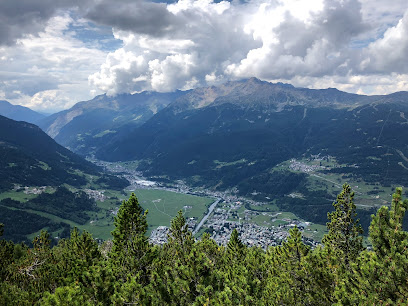
Museo Civico di Bormio
Explore the captivating heritage of Bormio at Museo Civico, where history, art, and culture come together in a charming alpine setting.
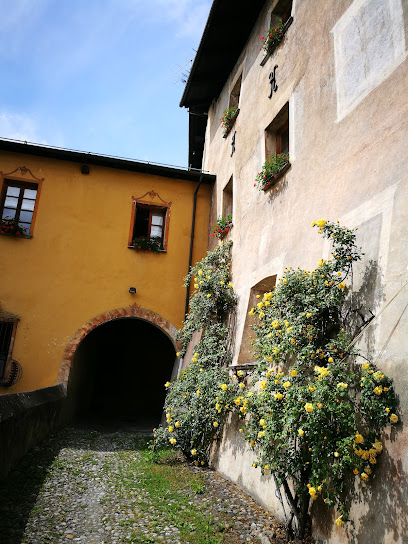
Paluaccio di Oga
Unwind in Paluaccio di Oga, a breathtaking nature preserve in the heart of Valdisotto, where stunning landscapes meet rich biodiversity.
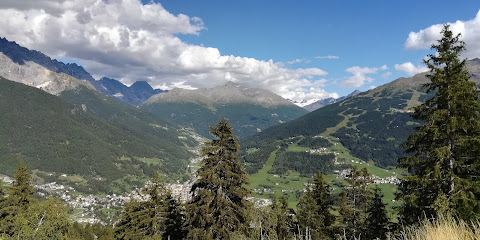
Pontresina Tourist Information
Explore Pontresina with expert guidance at the Tourist Information Center—your essential resource for discovering the Engadin Valley's stunning landscapes.
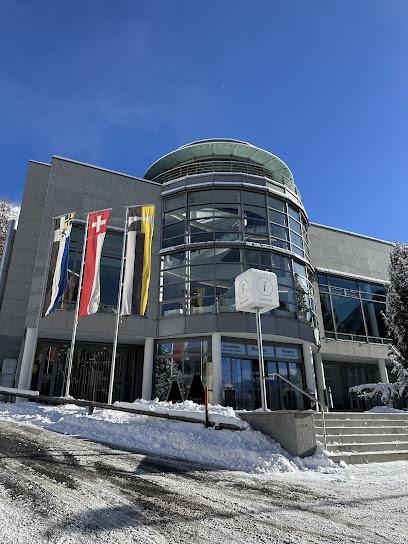
Alp Trupchun
Discover Alp Trupchun, a serene mountain cabin in the Engadine Valley, perfect for hiking, relaxation, and immersing yourself in nature's beauty.

Essential places to dine
Oliver American Restaurant
Experience authentic American cuisine in the heart of Bormio with delicious burgers and pizzas at Oliver American Restaurant.
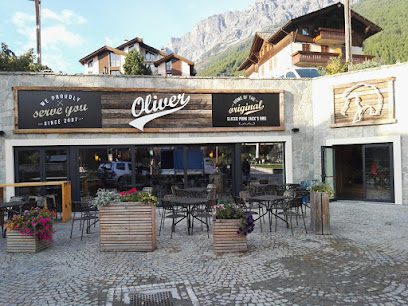
Motte
Experience authentic Italian cuisine amidst stunning alpine landscapes at Ristorante Motte in Valdisotto.
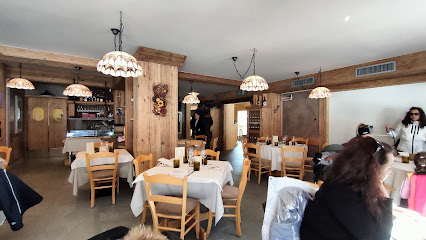
The Steak House Bormio
Experience culinary excellence at The Steak House Bormio – where every bite of steak is an unforgettable journey into flavor.
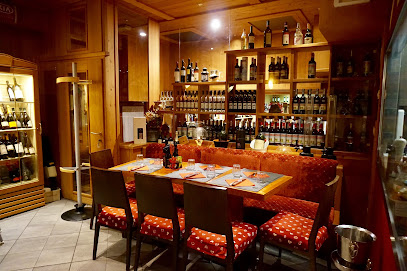
Ristorante pizzeria Sunrise Bormio
Experience authentic Italian cuisine at Ristorante Pizzeria Sunrise Bormio – where every bite takes you on a flavorful journey through Italy.
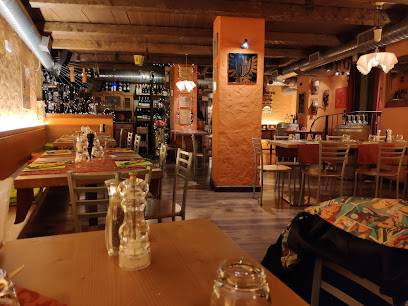
Ristorante tipico valtellinese La Rasiga Bormio
Discover authentic Valtellinese cuisine at Ristorante La Rasiga in Bormio – where tradition meets flavor amidst stunning Alpine scenery.
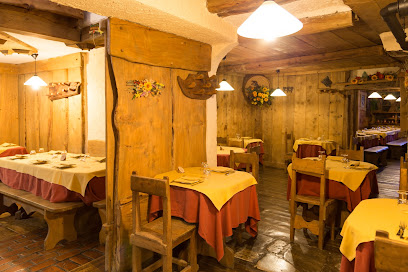
Ristorante Vecchia Combo
Experience authentic Italian flavors at Ristorante Vecchia Combo in Bormio - where tradition meets culinary excellence.
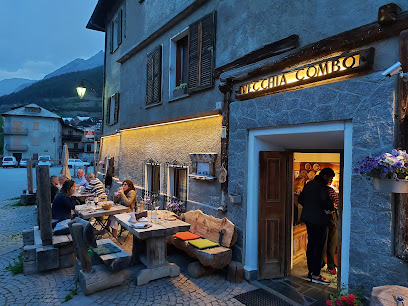
Al Filò
Discover authentic Italian cuisine at Al Filò, where local flavors meet exquisite dining in the heart of Bormio.
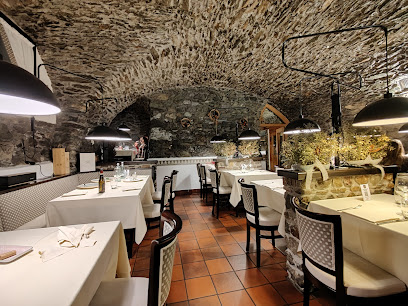
La Stua Pizzeria Ristorante
Experience authentic Italian dining at La Stua Pizzeria Ristorante in Bormio – home to delicious pizzas and warm hospitality.
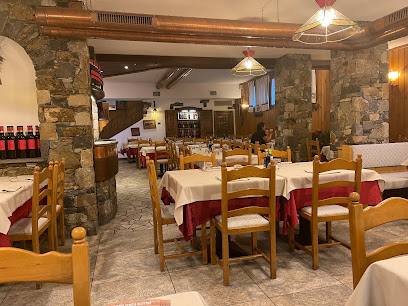
Agriturismo Rini
Discover Agriturismo Rini: A charming farmstay in Bormio offering authentic Italian cuisine and breathtaking mountain views for an unforgettable escape.

Osteria la Bajona
Savor authentic Italian cuisine at Osteria la Bajona in Bormio – a must-visit culinary gem for every traveler.
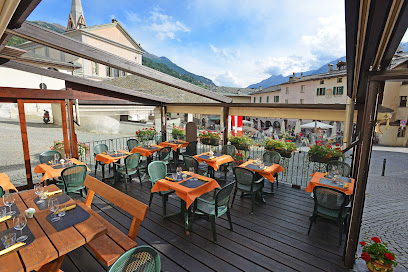
Heaven 3000 Panoramic Restaurant
Experience breathtaking views and exquisite Italian cuisine at Heaven 3000 Panoramic Restaurant in Bormio's majestic Alps.
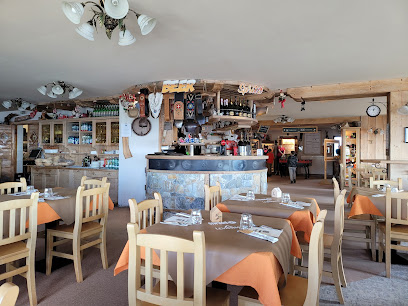
Bistrot Pizzeria Umami
Savor authentic Italian pizza at Bistrot Pizzeria Umami in Bormio – where every meal is a delightful culinary journey.
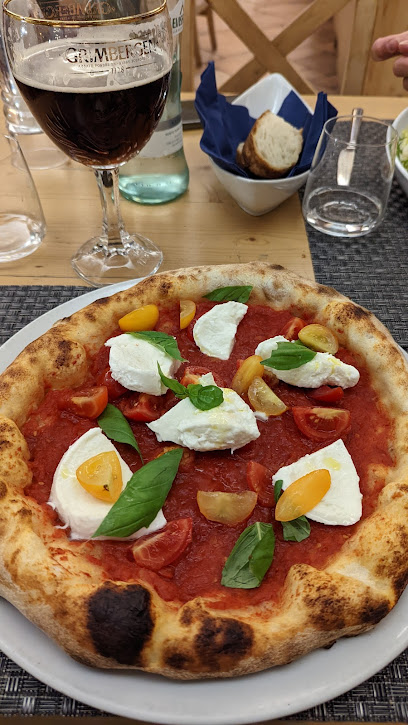
Hotel La Genzianella
Discover tranquility at Hotel La Genzianella in Bormio – where alpine beauty meets exceptional hospitality.

Ristorante & Pizzeria Eira (B&B)
Discover authentic Italian flavors at Ristorante & Pizzeria Eira – where tradition meets culinary excellence in Bormio.
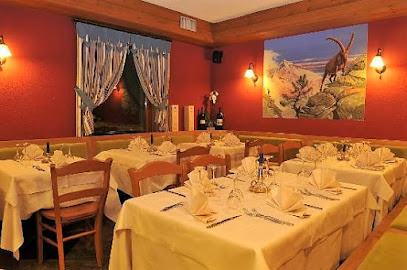
Keller Steak House
Discover Keller Steak House: A must-visit destination in Bormio for steak lovers seeking authentic Italian flavors in a cozy alpine setting.
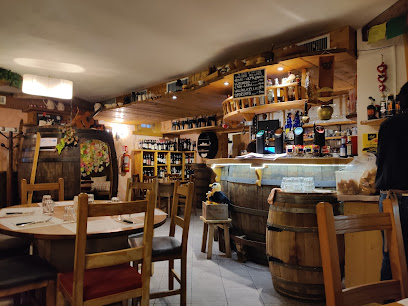
Markets, malls and hidden boutiques
Bormio Ski
Discover the breathtaking beauty of Bormio Ski, a premier alpine resort in the Italian Alps offering thrilling slopes and charming village vibes year-round.

Miramonti Park Hotel
Discover the charm of the Italian Alps at Miramonti Park Hotel, your cozy retreat in Bormio with stunning views and exceptional hospitality.
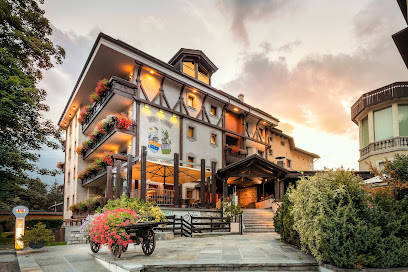
Panificio Eredi Romani
Experience the delightful flavors of Italy at Panificio Eredi Romani, Bormio's premier bakery for fresh breads and pastries.
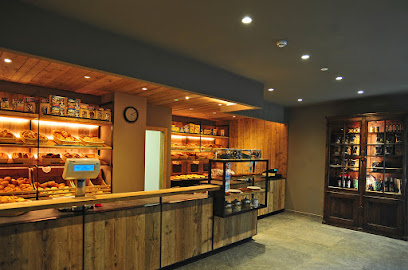
Bormio 3000
Explore the breathtaking beauty of Bormio 3000, a premier ski resort in the Italian Alps, offering adventure, culture, and stunning alpine views.
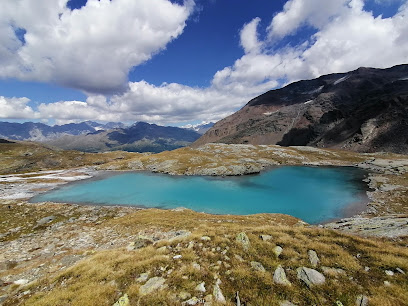
Hotel San Lorenzo
Experience unparalleled wellness and adventure at Hotel San Lorenzo, a perfect retreat nestled in the stunning landscapes of Bormio, Italy.
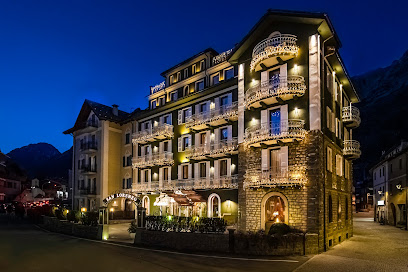
Hotel Nevada
Experience the perfect blend of comfort and adventure at Hotel Nevada in Bormio, your gateway to the stunning Italian Alps.
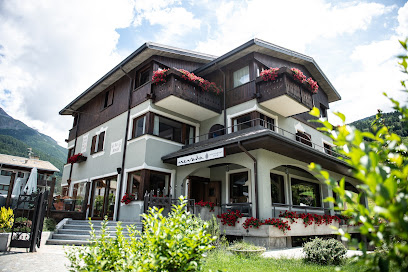
Bormio Tourism - Ufficio Turistico
Discover the enchanting alpine town of Bormio, known for its stunning scenery, rich history, and rejuvenating thermal baths.

Ponte di Combo
Discover the stunning Ponte di Combo in Bormio, an iconic bridge offering breathtaking views and a glimpse into the region's rich heritage.

Metallia - Ferramenta e Cose di casa
Explore Metallia in Bormio for unique home goods and practical tools, blending local charm with quality craftsmanship in the heart of Italy.
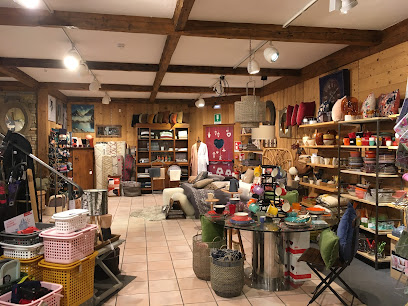
Lumina
Discover Lumina, Bormio's local grocery store offering a rich selection of regional and international delights amidst stunning alpine scenery.

Il Mercatone
Discover the flavors of Bormio at Il Mercatone, your go-to supermarket for local products and essentials in the heart of the Italian Alps.
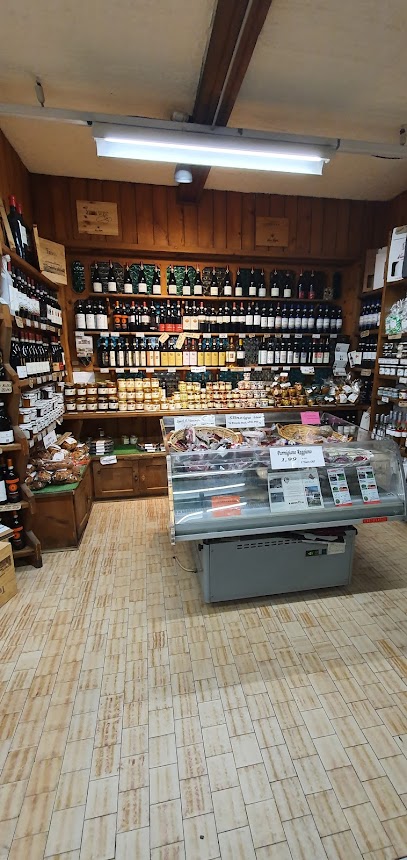
Azienda Agricola Al Taulà di Forini Filippo
Explore the artisanal world of cheese at Azienda Agricola Al Taulà di Forini Filippo in Valdisotto, where tradition meets flavor.
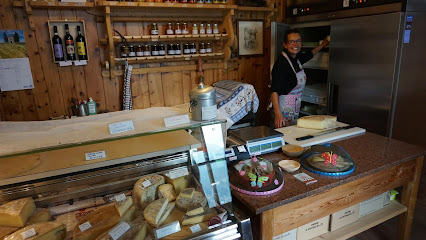
Il Salumaio Francesco Boscacci
Discover the heart of Italian gastronomy at Il Salumaio in Bormio, where exquisite cold cuts and local delicacies await.
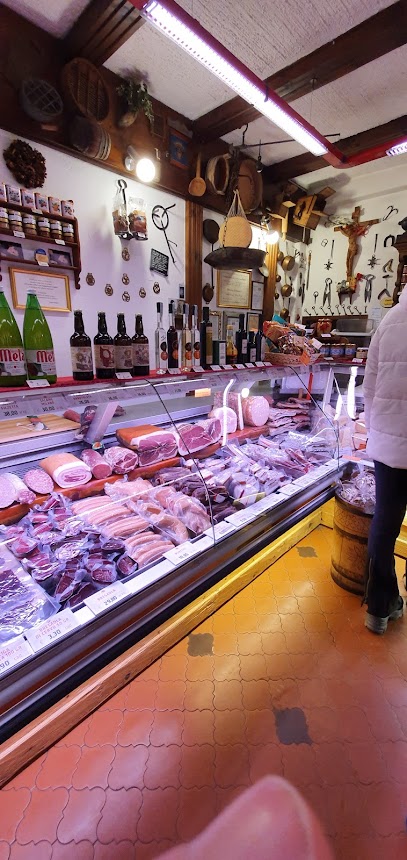
Casa della Bresaola - F.lli Pozzi
Discover the exquisite flavors of Bormio at Casa della Bresaola, a gourmet grocery store specializing in local delicacies and authentic Bresaola.
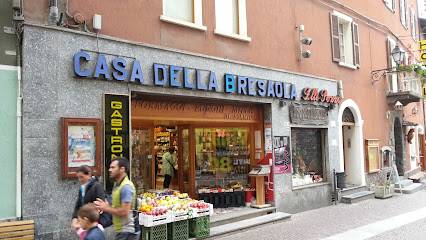
Metallia Via Roma
Explore Metallia Via Roma in Bormio for unique home goods that capture the essence of Italian craftsmanship and local culture.
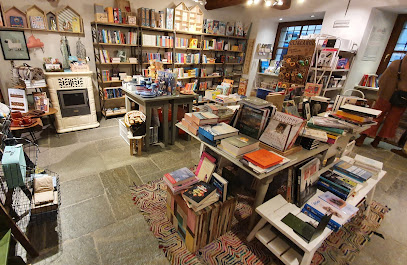
Essential bars & hidden hideouts
Oliver American Restaurant
Discover the taste of America in the heart of Bormio at Oliver American Restaurant, where delicious burgers and pizzas await your appetite.
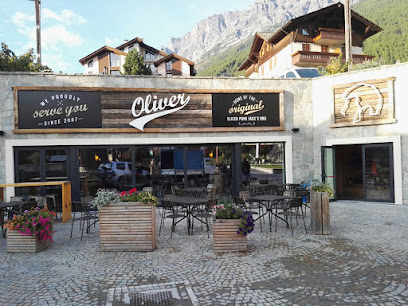
Bar Bormio
Discover Bar Bormio: a charming bar in Bormio offering exquisite coffee, homemade ice cream, and a cozy atmosphere for tourists and locals alike.
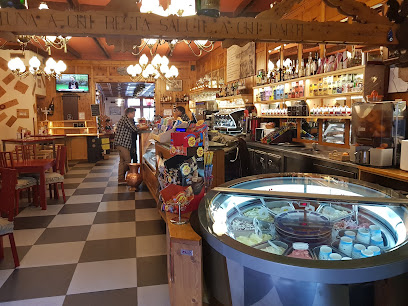
Clem Pub Birreria
Discover the warm ambiance and local brews at Clem Pub Birreria, your go-to pub in Bormio for authentic Italian hospitality and delicious cuisine.
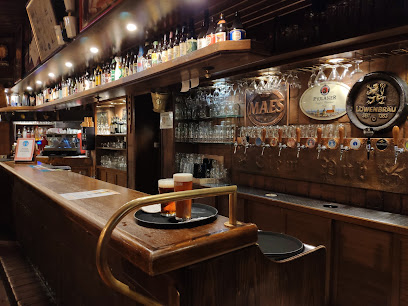
Osteria la Bajona
Discover the authentic flavors of Italy at Osteria la Bajona, a charming restaurant in the heart of Bormio, perfect for every food lover.
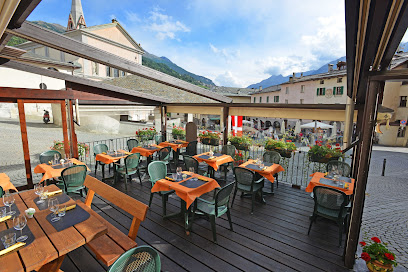
Skianta Café
Skianta Café: Experience the best of Bormio's vibrant bar scene with exquisite drinks and a welcoming atmosphere.
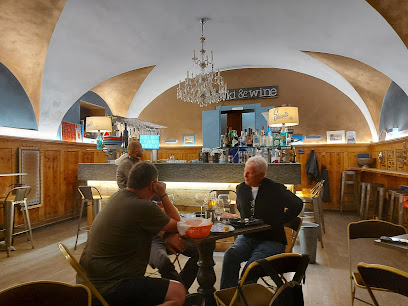
Bar da Stefy
Discover the warmth and charm of Bar da Stefy in Bormio, where local flavors meet a cozy atmosphere amidst stunning alpine views.

Cafè Mozart Bormio
Experience the charm of Cafè Mozart Bormio - a delightful bar offering exquisite Italian treats and splendid alpine views in the heart of the Alps.
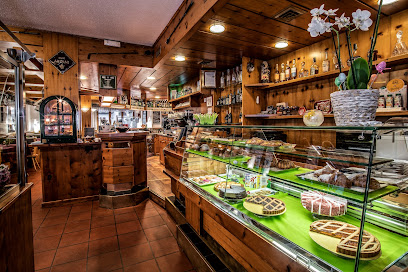
La Piazzetta
Discover the charm of La Piazzetta, a cozy bar and café in Bormio, where delicious local flavors meet stunning Alpine views.
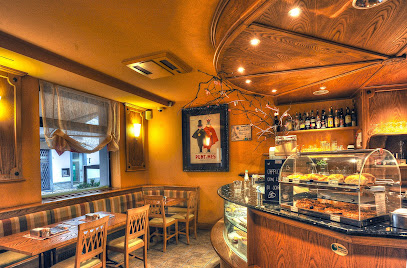
Enoteca Guanella e Ristorante dell'Enoteca
Discover exquisite Italian cuisine and a remarkable wine selection at Enoteca Guanella, a culinary gem in Bormio, Italy.
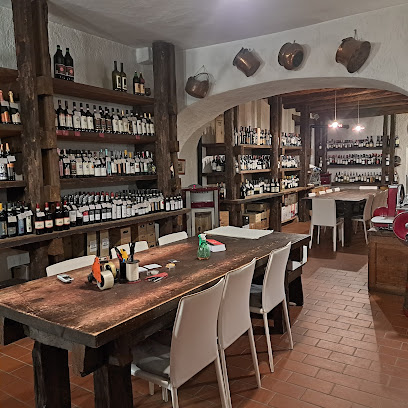
Al Fiume apres bike
Experience the charm of Bormio at Al Fiume apres bike, a grill restaurant offering delightful local cuisine and stunning Alpine views.
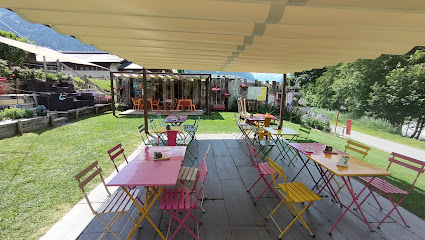
Cristall Bar Mountain Bistrot
Experience the perfect blend of stunning mountain views and exquisite Italian cuisine at Cristall Bar Mountain Bistrot in Bormio.
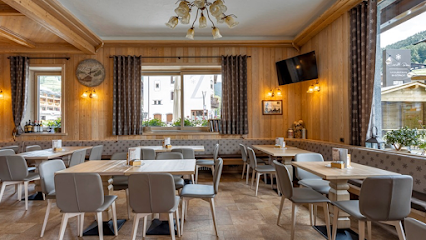
Be White Après Ski & Restaurant
Experience alpine charm and exquisite cuisine at Be White Après Ski & Restaurant in Bormio, the perfect retreat for food lovers and ski enthusiasts.
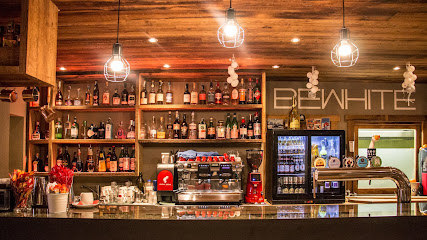
Dolce Ozio
Experience the sweet side of Bormio at Dolce Ozio, where delicious pastries and exquisite ice cream await you in a cozy atmosphere.
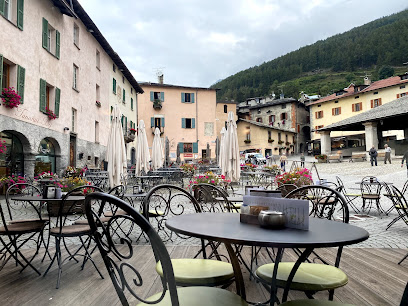
Bar Nuovo - Trattoria da Ivo
Experience the authentic flavors of Italy at Bar Nuovo - Trattoria da Ivo in Bormio, where culinary tradition meets cozy ambiance.

AperiZeta Bormio
Experience the finest ice cream and cocktails in the heart of Bormio, where alpine beauty meets culinary delight.
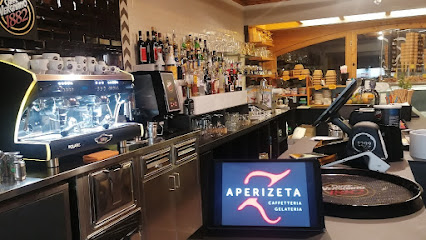
Local Phrases about Bormio
-
- HelloCiao
[chow] - GoodbyeArrivederci
[ah-ree-veh-dehr-chee] - YesSi
[see] - NoNo
[noh] - Please/You're welcomePer favore/Prego
[pehr fah-vo-reh/preh-goh] - Thank youGrazie
[grah-tsyeh] - Excuse me/SorryScusa/Mi dispiace
[skoo-sah/mee dees-pyah-cheh] - How are you?Come stai?
[koh-meh stah-ee] - Fine. And you?Bene. E tu?
[beh-neh/eh too] - Do you speak English?Parli inglese?
[pahr-lee een-gleh-zeh] - I don't understandNon capisco
[nohn kah-pee-skoh]
- HelloCiao
-
- I'd like to see the menu, pleaseVorrei vedere il menu, per favore
[vor-ray veh-deh-reh eel meh-noo/pehr fah-vo-reh] - I don't eat meatNon mangio carne
[nohn mahn-joh kahr-neh] - Cheers!Salute!
[sah-loo-teh] - I would like to pay, pleaseVorrei pagare, per favore
[vor-ray pah-gah-reh/pehr fah-vo-reh]
- I'd like to see the menu, pleaseVorrei vedere il menu, per favore
-
- Help!Aiuto!
[ah-yoo-toh] - Go away!Vattene!
[vaht-teh-neh] - Call the Police!Chiama la polizia!
[kee-ah-mah lah poh-lee-tsya] - Call a doctor!Chiama un dottore!
[kee-ah-mah oon doh-toh-reh] - I'm lostMi sono perso
[mee soh-noh pehr-soh] - I'm illSono malato
[soh-noh mah-lah-toh]
- Help!Aiuto!
-
- I'd like to buy...Vorrei comprare...
[vor-ray kohm-prah-reh] - I'm just lookingSto solo guardando
[stoh soh-loh gwar-dahn-doh] - How much is it?Quanto costa?
[kwahn-toh koh-stah] - That's too expensiveÈ troppo caro
[eh troh-poh kah-roh] - Can you lower the price?Puoi abbassare il prezzo?
[pwah-ee ab-bah-sah-reh eel preh-tsoh]
- I'd like to buy...Vorrei comprare...
-
- What time is it?Che ore sono?
[keh oh-reh soh-noh] - It's one o'clockÈ l'una
[eh loo-nah] - Half past (10)Sono le dieci e mezza
[soh-noh leh dyeh-chee eh meht-sah] - MorningMattina
[maht-tee-nah] - AfternoonPomeriggio
[poh-meh-ree-joh] - EveningSera
[seh-rah] - YesterdayIeri
[yeh-ree] - TodayOggi
[oh-jee] - TomorrowDomani
[doh-mah-nee] - 1Uno
[oo-noh] - 2Due
[doo-eh] - 3Tre
[treh] - 4Quattro
[kwah-troh] - 5Cinque
[cheen-kweh] - 6Sei
[say] - 7Sette
[seht-teh] - 8Otto
[oht-toh] - 9Nove
[noh-veh] - 10Dieci
[dyeh-chee]
- What time is it?Che ore sono?
-
- Where's a/the...?Dove si trova un/il...?
[doh-veh see troh-vah oon/eel] - What's the address?Qual è l'indirizzo?
[kwahl eh leen-dee-reet-soh] - Can you show me (on the map)?Puoi mostrarmi (sulla mappa)?
[pwah-ee mohs-trahr-mee/sool-lah mahp-pah] - When's the next (bus)?Quando passa il prossimo (autobus)?
[kwahn-doh pahs-sah eel prohs-see-moh/ow-toh-boos] - A ticket (to ....)Un biglietto (per ....)
[oon bee-lyet-toh/pehr]
- Where's a/the...?Dove si trova un/il...?
History of Bormio
-
Bormio's history dates back to Roman times, when it was known for its therapeutic thermal baths. The ancient Romans valued the natural hot springs, which they believed had healing properties. These baths, known as 'Bagni di Bormio,' remain a significant attraction today, drawing visitors seeking relaxation and wellness. The town's strategic location on the Roman road connecting Milan to the Alpine regions further solidified its importance in ancient times.
-
During the Middle Ages, Bormio flourished as a fortified town and an essential stop on trade routes between Italy and the northern European regions. The town was fortified with walls and towers, remnants of which can still be seen today. Bormio's position allowed it to control and benefit from the commerce of goods such as wool, salt, and wine, contributing to its prosperity during this period.
-
The Renaissance brought a cultural and artistic revival to Bormio. The town saw the construction of several significant buildings, including the Collegiate Church of Saints Gervasius and Protasius, renowned for its beautiful frescoes and architectural design. This era also saw the rise of local craftsmanship, with artisans producing exquisite woodwork and metalwork that were highly sought after in the region.
-
In the late 18th and early 19th centuries, Bormio came under the influence of the Habsburg Empire and later the Napoleonic rule. These periods brought about administrative changes and introduced new architectural styles to the town. The influence of these powers can be seen in the neoclassical design of some of Bormio's buildings and public spaces.
-
During World War I, Bormio's location in the Alps made it a strategic area for military operations. The Stelvio Pass, near Bormio, was a crucial front in the conflict between Italian and Austro-Hungarian forces. The harsh conditions of alpine warfare left a lasting impact on the area, and visitors can explore remnants of fortifications and memorials dedicated to those who fought in these mountainous terrains.
-
In the 20th century, Bormio transformed into a popular destination for winter sports and tourism. The establishment of ski resorts and the hosting of international events, such as the Alpine Ski World Cup, have made Bormio a renowned location for skiing enthusiasts. The town's rich history, combined with its modern amenities and natural beauty, continues to attract visitors from around the world.
Bormio Essentials
-
Bormio is located in the Lombardy region of northern Italy. The nearest international airports are Milan Malpensa (MXP) and Orio al Serio (BGY) in Bergamo, both approximately 200 kilometers away. From these airports, you can rent a car, take a bus, or use a combination of train and bus services to reach Bormio. Direct buses from Milan and Bergamo operate during the ski season, offering convenient transport options. Alternatively, you can take a train to Tirano and then a bus to Bormio.
-
Bormio is a compact town, and many of its attractions are within walking distance. Local bus services operate throughout the town and the surrounding areas, providing easy access to nearby villages and ski resorts. Taxis are available but can be expensive. Renting a car is a convenient option if you plan to explore the Valtellina region and the Stelvio National Park at your own pace. During the winter season, free ski shuttle buses are available to transport visitors to the ski lifts and slopes.
-
The official currency in Italy is the Euro (EUR). Credit cards are widely accepted in hotels, restaurants, and shops in Bormio. However, it is advisable to carry some cash for smaller establishments, markets, and rural areas. ATMs are readily available throughout the town, but it's wise to notify your bank of your travel plans to avoid any issues with card usage.
-
Bormio is generally a safe destination for tourists. Violent crime is rare, but petty theft, such as pickpocketing, can occur in crowded areas and tourist hotspots. Be vigilant with your belongings, especially in busy places like markets and public transport hubs. Avoid walking alone at night in poorly lit or unfamiliar areas. There are no specific high-crime neighborhoods targeting tourists in Bormio.
-
In case of emergency, dial 112 for immediate assistance, which is the general emergency number in Italy. Bormio has a local police station and medical facilities, including a hospital for urgent care. It is recommended to have travel insurance that covers medical emergencies. Pharmacies are available in the town for minor health issues and over-the-counter medications.
-
Fashion: Do dress appropriately for the weather and activities, such as wearing layers for skiing. Avoid overly casual or revealing clothing when dining in upscale restaurants. Religion: Do respect local customs and traditions. When visiting churches, dress modestly and cover your shoulders. Public Transport: Do respect others by keeping noise levels low and giving up your seat to elderly passengers or those with disabilities. Don't eat or drink on public transport. Greetings: Do greet people with a friendly 'Buongiorno' (Good morning) or 'Buonasera' (Good evening). A handshake is common in formal settings. Eating & Drinking: Do try local delicacies and wines. Don't rush meals; Italians enjoy leisurely dining experiences. Tipping is appreciated but not obligatory.
-
To experience Bormio like a local, visit the weekly market in Piazza Cavour, where you can buy fresh produce, cheese, and other local specialties. Engage with locals, as they are friendly and often happy to share stories about the town's history and traditions. Don't miss the chance to relax in the thermal baths, such as the Bagni Vecchi and Bagni Nuovi, which have been used since Roman times. For a unique experience, take a scenic drive or bike ride along the Stelvio Pass, one of the highest and most famous mountain passes in Europe.
Trending Landmarks in Bormio
Nearby Cities to Bormio
-
Things To Do in Davos
-
Things To Do in Arosa
-
Things To Do in St. Anton am Arlberg
-
Things To Do in Balzers
-
Things To Do in Triesenberg
-
Things To Do in Vaduz
-
Things To Do in Schaan
-
Things To Do in Bergamo
-
Things To Do in Eschen
-
Things To Do in Mauren
-
Things To Do in Schellenberg
-
Things To Do in Gamprin
-
Things To Do in Ruggell
-
Things To Do in Dornbirn
-
Things To Do in Innsbruck












